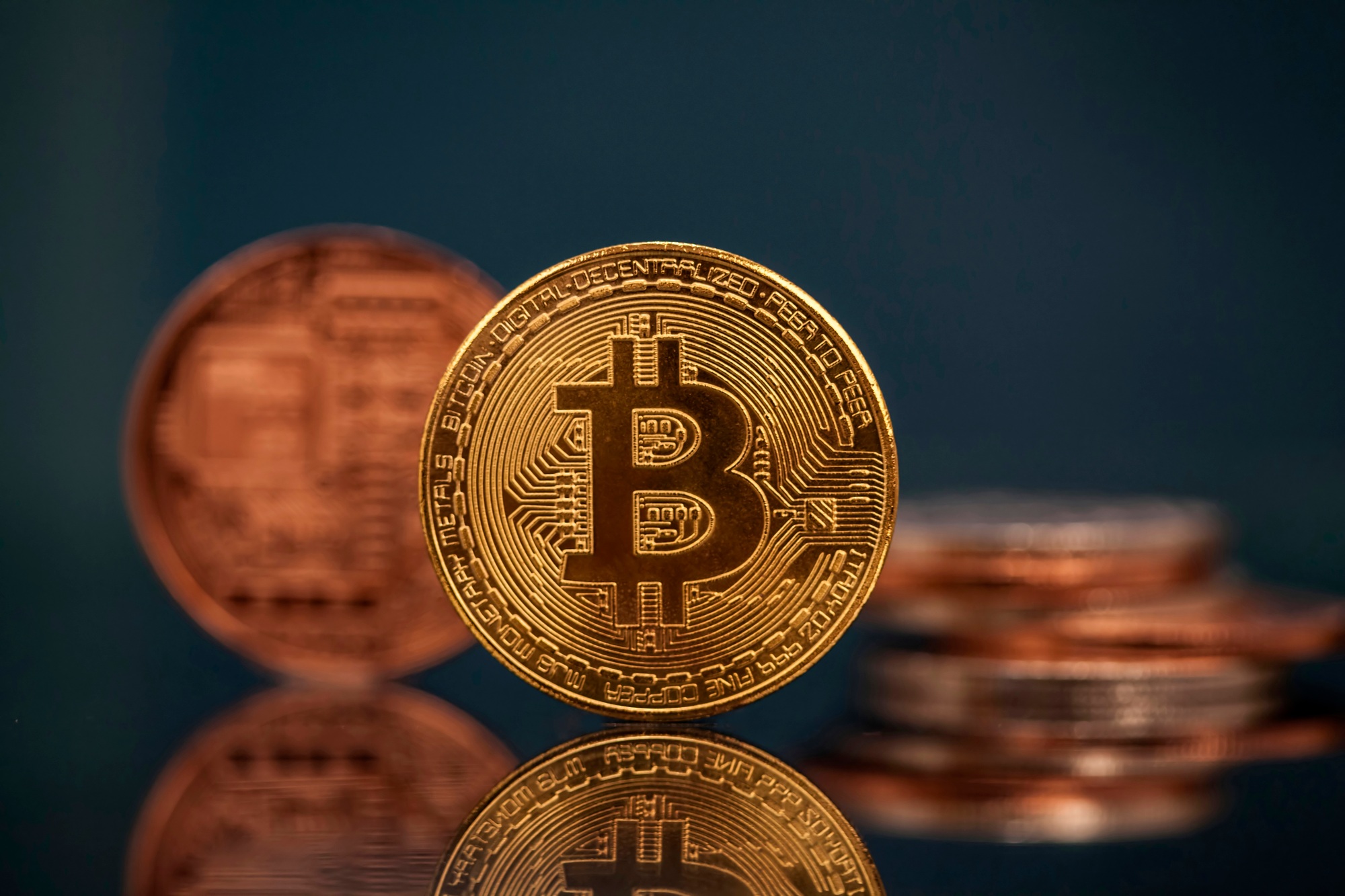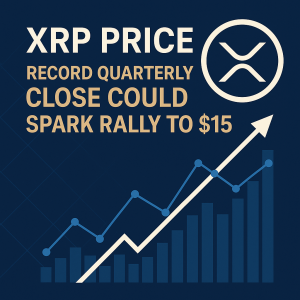Robinhood is preparing to join the prestigious S&P 500 index, marking a significant milestone in the company’s growth trajectory. This move comes at a time when the company’s recent strategic initiatives, particularly related to cryptocurrencies, have not met expectations, illustrating the volatile nature of modern investment markets.
In recent months, Robinhood has experienced fluctuating performance driven by its expanding user base and evolving product offerings. The firm has been heavily invested in cryptocurrency trading, with Bitcoin being a primary focus. However, despite the rising popularity of digital assets, Robinhood’s strategic approach to cryptocurrencies has faced hurdles, including regulatory scrutiny and market volatility, which have limited its growth in this sector.
The company’s decision to join the S&P 500 reflects its broader ambitions to solidify its position within mainstream finance. The move is seen as a vote of confidence from the market and is expected to boost Robinhood’s visibility to institutional investors. Nevertheless, the company’s crypto strategy, particularly its Bitcoin-related plans, has missed out on the rally that other digital currencies experienced recently, leading to a reassessment of its growth prospects in the crypto space.
Impacts of this development extend beyond Robinhood itself, affecting investor sentiment and the broader fintech sector. The company’s inclusion in the S&P 500 is likely to attract more institutional interest, potentially leading to increased stock stability and liquidity. Meanwhile, the crypto strategy’s underperformance highlights the ongoing challenges faced by fintech firms attempting to diversify into digital assets amid regulatory and market uncertainties.
Market analysts are watching closely to see how Robinhood’s inclusion in the S&P 500 will influence its future growth trajectory. The company’s ability to capitalize on its new status while managing its crypto investment risks could prove pivotal. Investors are also keen to observe upcoming earnings reports and strategic updates, which could offer further insights into Robinhood’s long-term plans and resilience in a competitive market environment.
What does Robinhood’s inclusion in the S&P 500 mean for investors?
It signifies increased market confidence and could lead to higher stock stability, attracting institutional investors and broadening its shareholder base.
Why did Robinhood’s Bitcoin strategy miss out on gains?
The company faced regulatory challenges and market volatility, which hindered its ability to capitalize on the rising digital asset prices.
What should investors watch next regarding Robinhood?
Upcoming earnings reports and strategic updates will provide insights into how Robinhood plans to balance its growth ambitions with crypto market risks.







